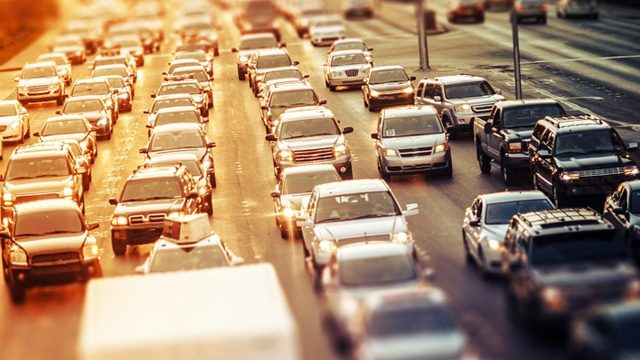SUMMARY
This is AI generated summarization, which may have errors. For context, always refer to the full article.

MANILA, Philippines – Ride-hailing platforms like Uber have made it clear that their services could be the solution to city gridlock but a report published by the Associated Press (AP) detailing multiple recent studies seem to suggest otherwise.
“Uber’s long-term goal is to end the reliance on personal vehicles and allow a mix of public transportation and services like Uber,” Uber spokeswoman, Alix Anfang told AP.
But rather than complement mass transit and other modes of transportation, these services compete with it, putting more individuals in cars; thereby increasing the number of cars congesting city streets.
One study in San Francisco discovered that on a regular weekday, ride-hailing drivers can make more than 170,000 vehicle trips concentrated in the most congested parts of the city. The report said that this is 12 times the number of regular taxi trips in the same specified timeframe.
Another study found that the increase in taxis and ride-hailing service vehicles have significantly contributed to the slow traffic of Manhattan’s central business district.
A survey conducted in 4,000 adults residing in cities like Chicago, Los Angeles, Boston, to name a few, pointed out that as much as 61% of trips would not have been made – or would have been made by more traffic-friendly means such as walking, biking or by public mass transport – if ride-hailing didn’t exist.
Speed was the primary reason people used ride-hailing services, and that the higher cost doesn’t discourage people from choosing ride-sharing services over cheaper public transit, according to the survey in Boston.
Solutions on the horizon?
The growing body of research on the effect of ride-sharing services on traffic appears to point that the services may be adding to the congestion. Ride-sharing may be convenient, and people generally favor the service as evidenced by the services’ continuing popularity. However, that convenience may be coming at a price – and it will be up to the companies in question to tweak their product, and combat the growing evidence against them.
Ride-sharing poster boy Uber may already be taking initiative, as pointed out in AP‘s report as well. The company recently launched a service called Express Pool in the US. It’s a service similar to traditional buses where riders are picked up and dropped in common locations, and is said to be gaining traction and ridership in the US. As of writing, this service is not yet available in the Philippines.
“This could be good for congestion if it causes vehicle occupancy rates to go up, but on the other hand, the Uber Pool rides and I guess these Express rides are really, really cheap, just a couple of dollars, so they’re almost certainly going to be pulling people away from public transport options,” Christo Wilson, a Boston Northeastern University computer science professor who has looked at Uber’s practice of surge pricing remarked in regards to the new service, told AP. – Rappler.com
Add a comment
How does this make you feel?





There are no comments yet. Add your comment to start the conversation.